Pocket Beagle vs Regular Beagle: What Are Their Differences?
With so many popular breeds available for anyone to go for, the Beagle is, by far, one of the consistently most sought out dogs by families in America. The American Kennel Club’s breed popularity ranking heavily reflects this, making the medium-sized Beagle pooch achieve the 6th spot out of the 200 recognized breeds.
The high demand for a Beagle puppy continues to soar and so does the teacup version of it. As a result, the Pocket Beagle was made to satisfy the public’s desires.
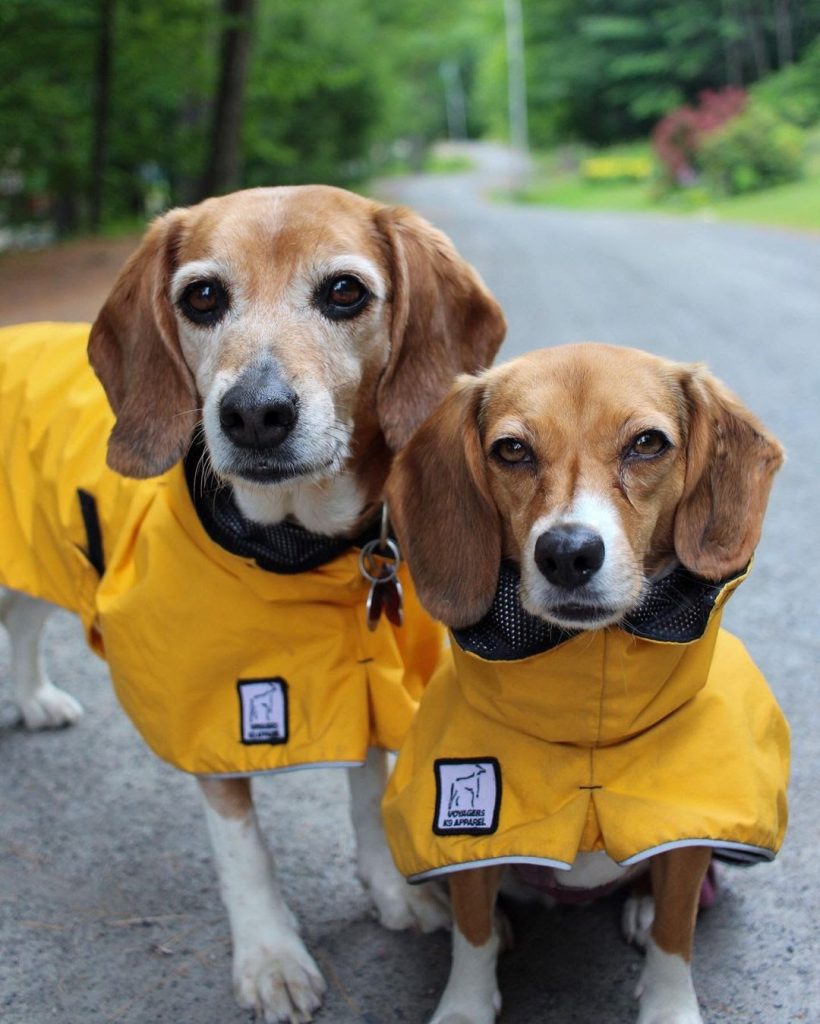

Now, Pocket Beagles and the standard ones are alike in so many ways yet they both remain to contain their uniqueness and individuality. They share the same temperament for the most part, but the most significant thing you’d notice is the polarity of their looks, especially their sizes. Let’s further investigate why these dogs that share the same name are far different than we know.
Table of Contents
Dog Origins
Pocket Beagle
The Pocket Beagle was first recorded in the 15th century when Queen Elizabeth I of England kept packs of this kind. Her Pocket Beagles averagely stood for 9 inches only which is a big difference when compared to the standard 13 and 15 inches height recognized by the AKC.
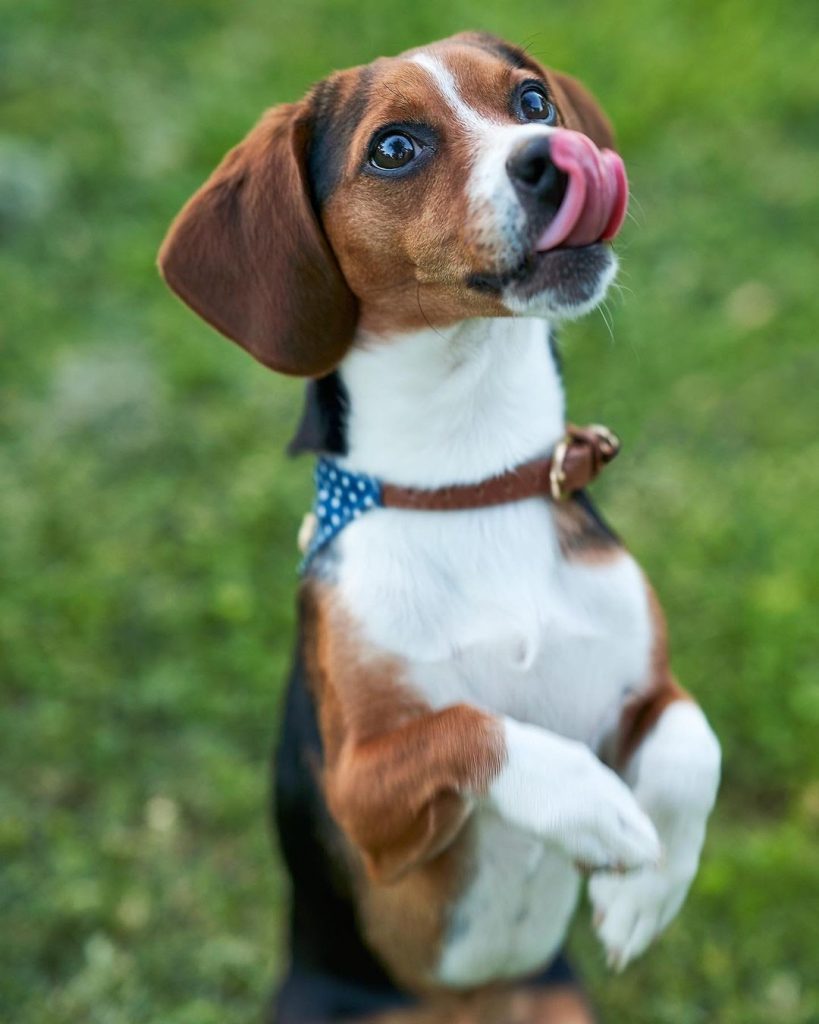

These dogs were usually used by the queen herself to entertain her guests at the dining table and were deemed the court favorite from the 1300s to 1600s. Originally, they were called the Glove Beagles as a dog of this kind can easily fit in a hunting glove. Meanwhile, the queen was fond of calling them her ‘singing Beagles’.
During these times, Pocket Beagles were used to join hunts, but eventually, they all quickly went out of favor as they were not fast and big enough for successful hunting ventures. A huge plot twist occurred when Pocket Beagles who used to have royal fanciers became the primary dog used by the farmers for rabbit hunting. Unfortunately, even the ranchers found the toy dogs unfit for the chase so they further developed the breed to be larger and swifter.
This led to the extinction of the original Pocket Beagles. That means the miniature Beagles that we see today are only replicas made by determined breeders whose goals are to revive them again. Modern Pocket Beagles are either the result of crossbreeding, selective dwarfism, or runt breeding. Still, they are not related at all to the old Pocket Beagles.
Regular Beagle
The Beagle has a cloudy and insufficient record of history. The documents that are available for this breed either point us to Greece where dogs of the same kind used to exist. Mainly, the United Kingdom is what most people consider to be his place of origin.
Reportedly, William the Conqueror brought Talbot Hounds to England in 1066. These dogs, now extinct, are believed to have been the ancestors of the Foxhounds as well as the Beagles. When Beagles flourished as a breed, they were widely used for hunting due to their sharp noses and tracking skills.
Unfortunately for them, the larger Foxhounds superseded them, yet thanks to the farmers of Wales, Ireland, and England, the breed has been preserved,
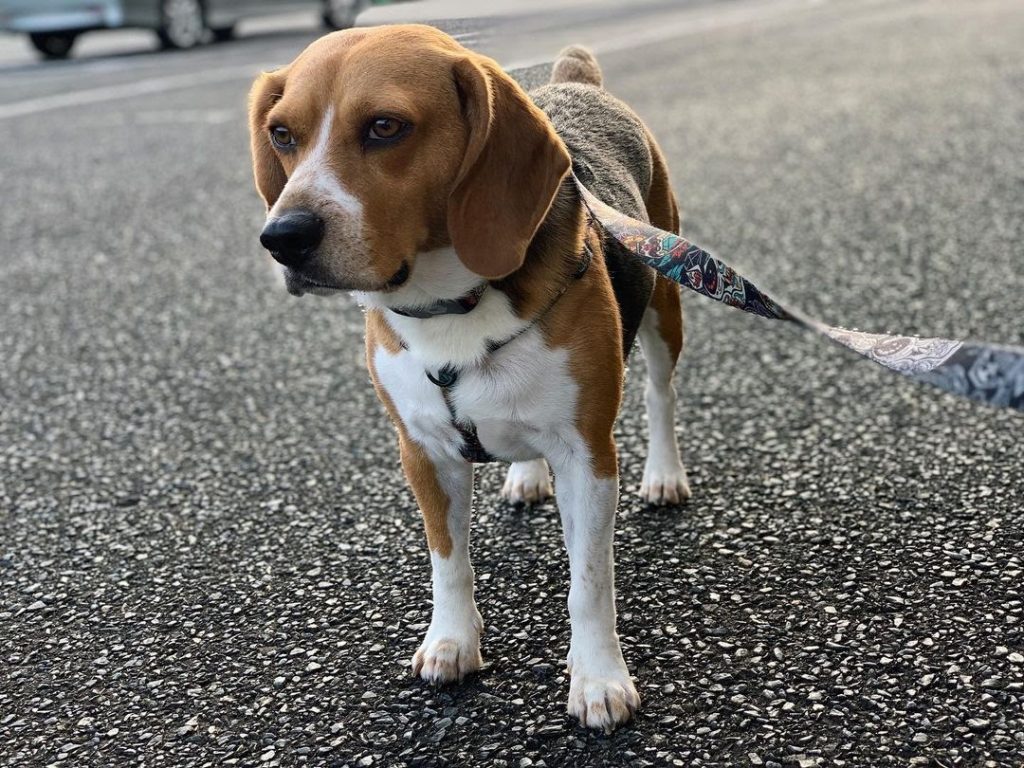

In the mid-1800s in Essex, England, Reverend Honeywood bred the Beagles to be great for hunts. On the other hand, a fellow Englishman named Thomas Johnson bred Beagles both for looks and hunting skills. American breeders, later on, brought home a few and developed the dog according to their set preferences.
How Big Do They Get?
Pocket Beagle
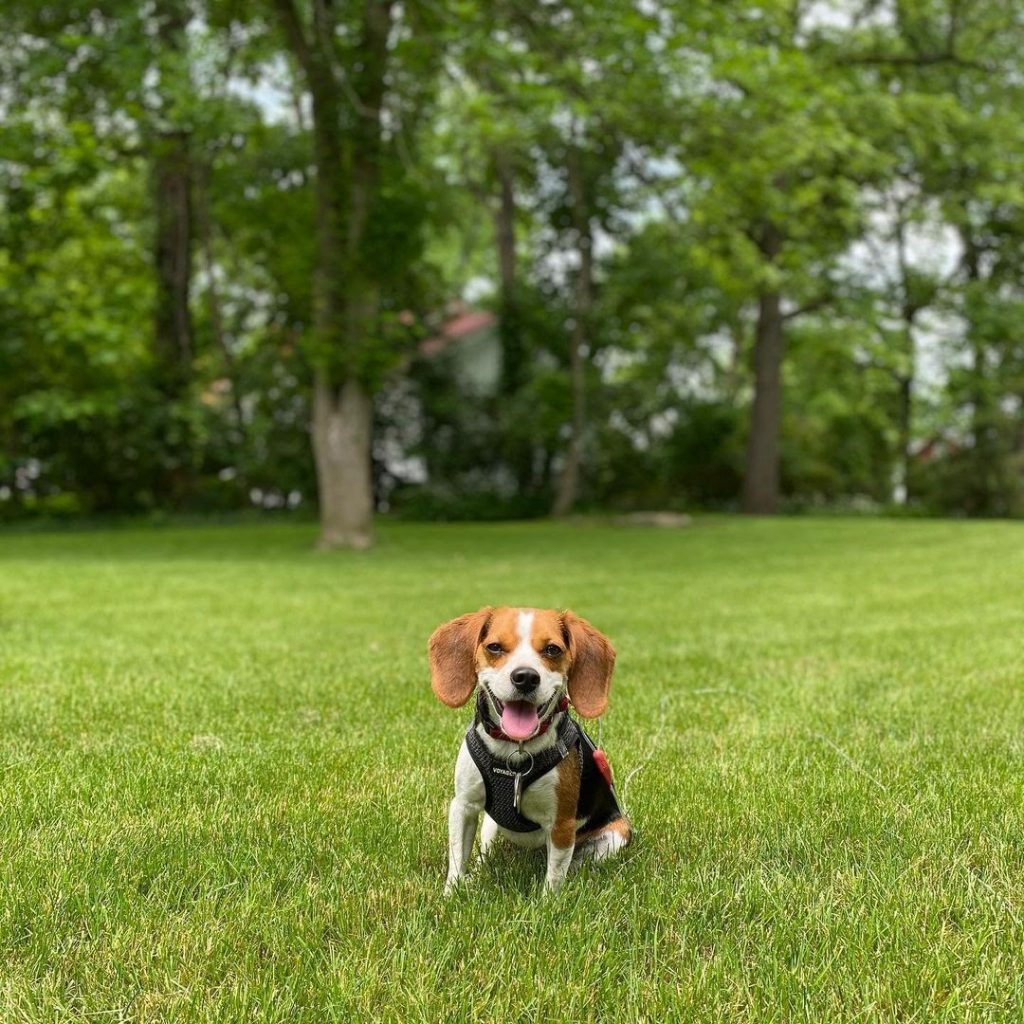

If you have never seen a Pocket Beagle in person before, you might be wondering as to how big he gets. The answer is, he’d be at least half the height and weight compared to the Regular one. Also, he is most likely never going to reach at least 13 inches and ideally shouldn’t be shorter than 7 inches. His weight typically goes anywhere between 7 to 15 pounds.
As stated, modern Pocket Beagles are intentionally bred to be smaller. Some breeders mate a Beagle with a smaller breed with the same structure and are less likely to be sickly than a purebred Beagle. Although this gives a somewhat positive impression, the lack of breed standards still makes the practice unideal for many.
In some cases, breeders may also incorporate dwarfism into the breeding line of a dog. Only a few are selected to continue the new gene. Lastly, some resort by choosing the smallest dogs (or runts) in the litter and then breed them together just so the miniature Beagle could be actualized.
Regular Beagle
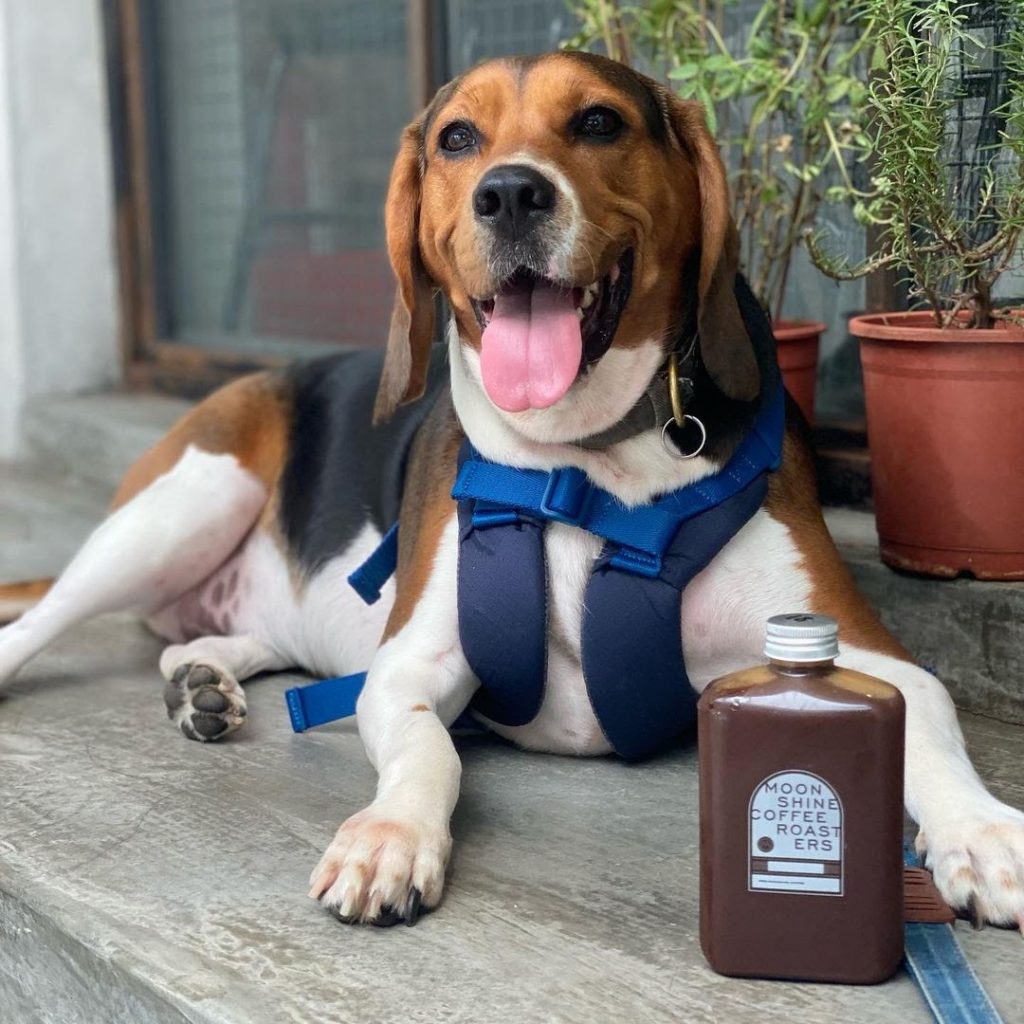

The Standard Beagle is perhaps one of the common dogs you’d see in America. Although there are varying sizes, his body is well-built and medium-sized. The Kennel Club (UK) and the AKC have set standards that are slightly different from each other. The former accepts Beagles whose height measurements range from 13 to 16 inches at withers while the latter recognizes the 13-inch and the 15-inch hound.
Ideally, the Beagle weighs under 20 pounds to 30 pounds depending on its height (more than half the size of a Pocket Beagle).
Mostly, what maintains the size of the Standard Beagle is due to the breeding ethics of reputable Beagle breeders. They choose which ones are fit to be mated and which ones are not suitable to produce offspring. Also, the Regular Beagle is never crossed with any other dog breeds, unlike the Pocket Beagle.
Physical Looks and Differences
Pocket Beagle
Although the Pocket Beagle bears a resemblance to the Standard Beagle, most of its features are unique. This is because when a breeder introduces a new gene such as that which results in dwarfism or crosses a Beagle to a different dog breed, the appearance gets affected and is oftentimes inconsistent.
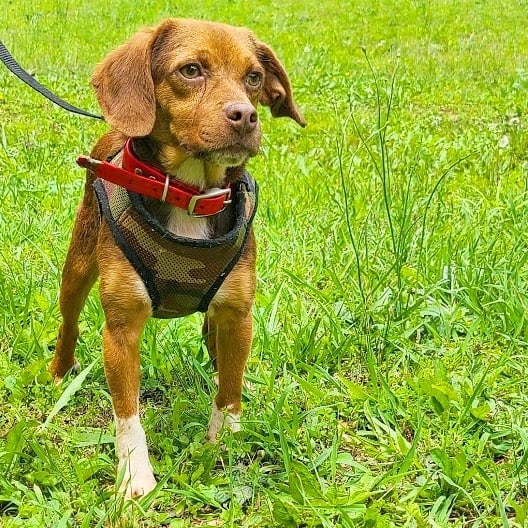

Most would describe the look of the Pocket Beagle as the shrunken version of the regular one. The square-shaped jaw is retained but it is narrower than normal. Still, the ears droop beautifully on the sides of his face. In quite extreme cases, his eyes are bulging and his tongue protruding. His head is wider and usually has an underbite. At times, his body will not rightly be proportionate with his legs and his stomach would look bloated.
Regular Beagle


You’d immediately notice that the regular Beagle is a dog that can withstand vigorous activities due to its physique and well-balanced physical characteristics. He portrays an impression of great endurance to last a long chase. The regular Beagle has expressive eyes, a square-shaped jaw, and long droopy ears that hang freely on his cheeks.
His hind legs can perfectly support his body weight and are straight while his feet are round and closed. His hips and thighs are powerful, muscly, and symmetrical.
Generally, the Beagle’s appearance is consistent with no unusually extreme features.
Distinct Temperament
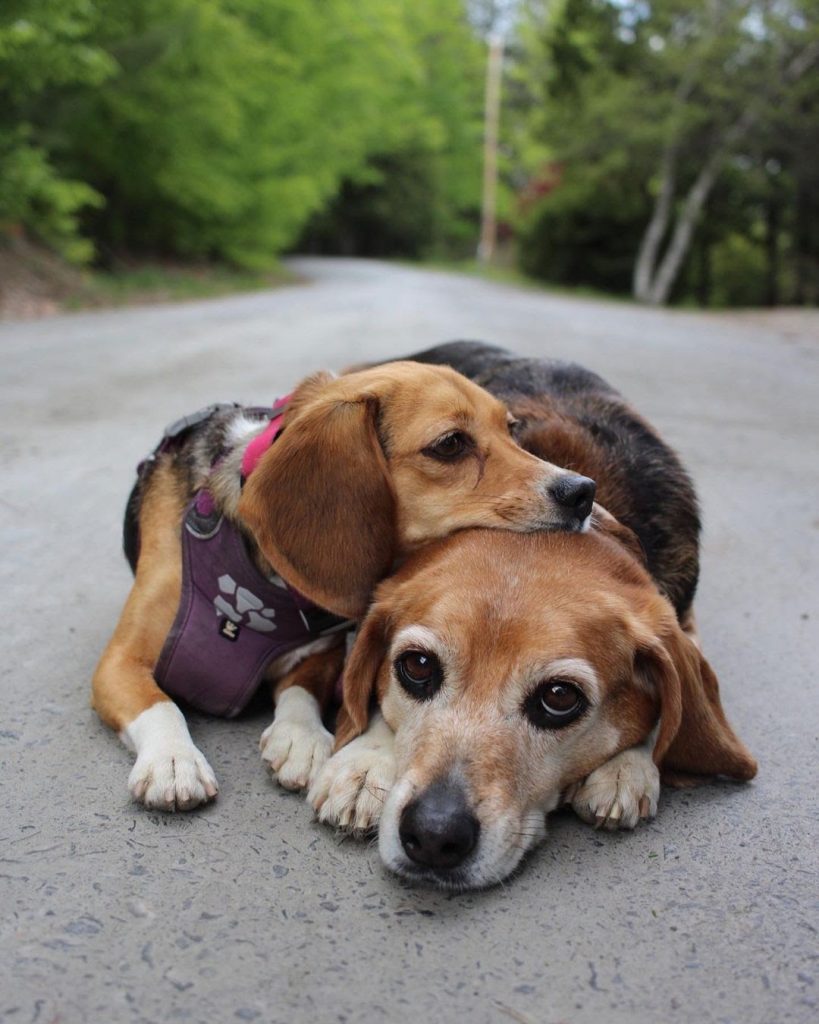

It seems that the significant difference in the size of the Pocket if compared to a regular Beagle isn’t a ground for a change in temperament. Both dogs are cheerful, friendly, and outgoing. They also do well if they are in a pack as they are highly sociable dogs. You must never leave them without company for long periods or they will exhibit unwanted behaviors.
Both types of Beagles love to play with other dogs, pets, and kids. However, the Pocket Beagle is much smaller and more fragile so he might not be great for very young children. He wouldn’t be able to handle rough plays and the last thing you’d want is a dog with a dislocated knee or a broken arm.
When it comes to strangers, they are both wary. If they find the visitor to be non-threatening, you will witness your dog acting coy!
Health Concerns for Each Dog
Pocket Beagle
If ever your Pocket Beagle is afflicted with a lot of illnesses, you should realize that this might be the result of poor breeding practices. Another factor that can affect his health is his unusual size. After all, Beagles are not meant to be too small, yet because many people love cute pets, teacup Beagles came into existence.
Generally, Pocket Beagles are at high risk of developing hip dysplasia, dwarfism, patellar luxation, and intervertebral disc disease. Moreover, with his huge appetite for food, he can also be prone to obesity.
Regular Beagle
The Beagle breed is not safe from having health issues too, but compared to the teacup Beagle, he is not at high risk of getting injured. Instead, he is more prone to bacterial and viral infections which can be easily prevented by completing his shots as a puppy.
Other diseases you have to look out for are glaucoma, epilepsy, hypothyroidism, and cherry eye.
Food & Diet Needs
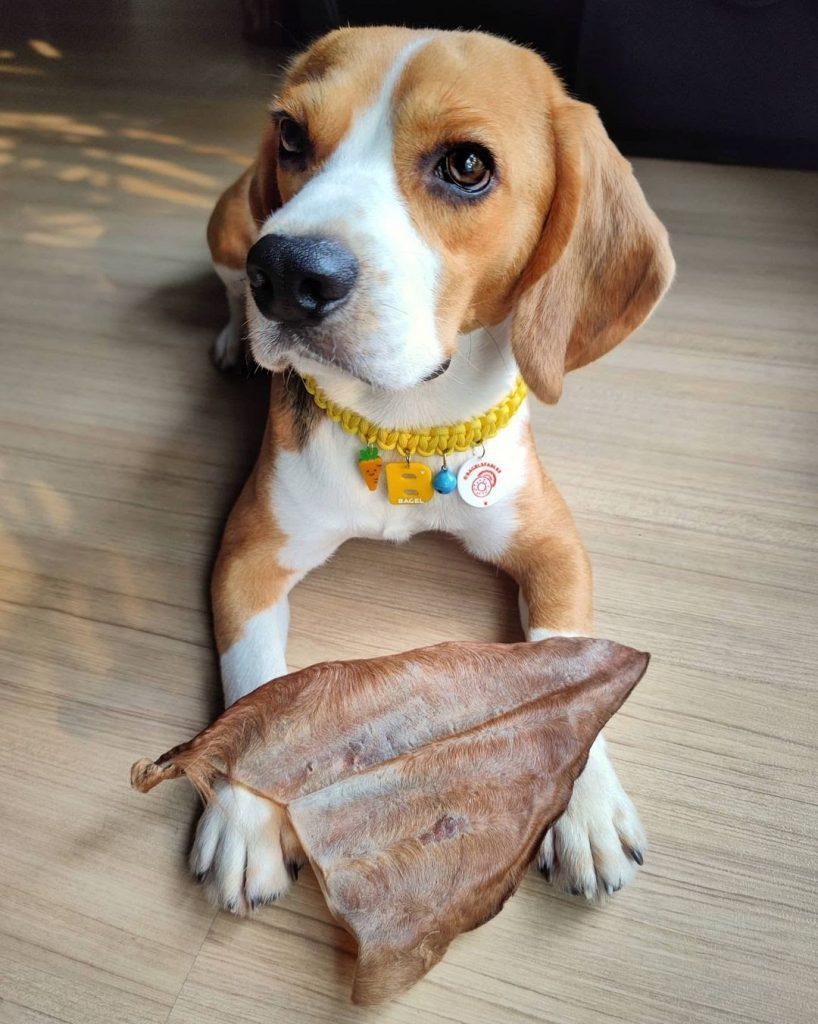

No matter the size, both dogs have massive appetites! If you give them free access to food (which is not recommended), they will keep on eating until their stomachs explode. If you are not meticulous about how much food intake they have, these dogs will quickly get chunky each day.
To maintain a healthy weight, limit them to two meals each day, morning and evening. If both Beagles are active, you can add a little more to their food bowls. It is advised that if you choose quality dog food, you should go for the ones that are low in calories and fat but high in protein. Also, avoid giving them chunks of your food during your mealtime. These great manipulators will always find a way to convince you to feed them more and it might contribute to obesity.
To keep it simple, here’s a general daily rule in feeding a Pocket or a Standard Beagle:
| Pocket Beagle | 400 to 600 calories |
| Regular Beagle | 674 and 922 calories |
Note: The amount of food you give to your dog should depend on his size, activity level, and health. Talk to your vet for a more personalized meal plan.
Exercise Needs
The Pocket and Regular Beagle share the same minimum amount of energy which is moderate. However, the regular Beagle can go up to high levels thanks to his size and stamina.
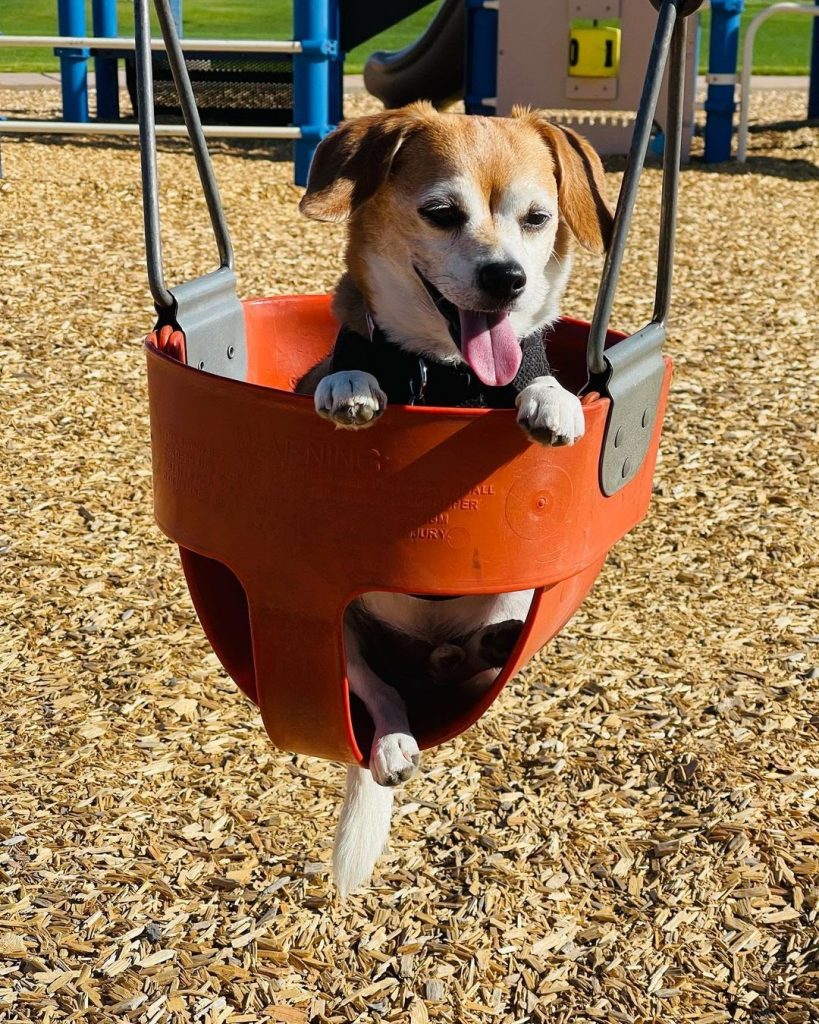

For the Teacup Beagle, he would need an hour of exercise each day and it shouldn’t be merely just a walk in the park. Let him play and wander in a secured area, but beware not to over-exercise him as well. Additionally, avoid daily exercise for the Pocket Beagle unless he’s already 18 months old, or else he’ll experience joint issues.
Meanwhile, the Beagle breed would need an hour and a half to release pent-up energy. It is highly suggested that his exercise includes a combination of walks and jogs so he’d burn off the excess weight. Let him play with his tracking skills too by conducting games within a fenced yard.
Who’s Easier to Train?
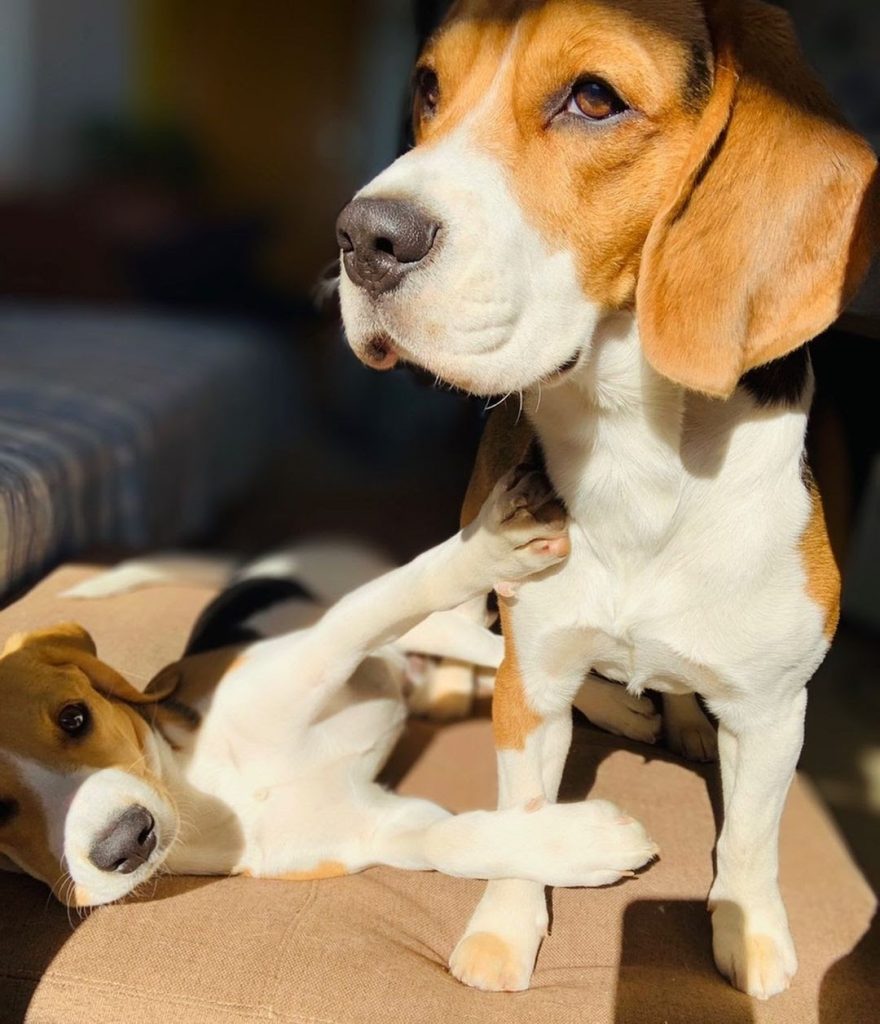

Despite being a mini version of the regular Beagle, the Pocket Beagle is not last on the list of highly trainable dogs. In fact, he is usually on the same level as his standard counterpart (although the regular Beagle is consistently slightly more intelligent). Because both dogs share the same ancestry, they can be stubborn, but proper training will magically turn the tables to your advantage.
Conclusion
There might be a contrast between these two types of Beagle dogs, but for those who are in search of the most compatible pet, the size and features would no longer matter. Whichever you prefer, both canines are loving, playful, and loyal. You should just be wary about what kind of dog you’re getting and ensure that he’s healthy so you can enjoy his company for years longer than you would anticipate.
